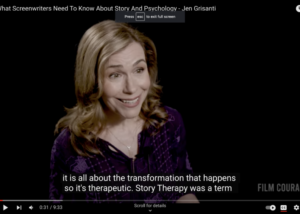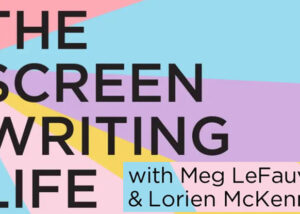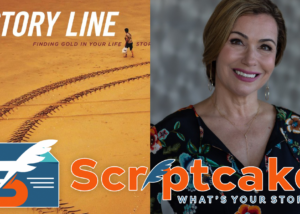Creating a Series Concept that Works: Atypical
Jen Grisanti analyzes the new Netflix series, ATYPICAL, exploring how structure can influence emotion and bring your audience to tears.
International speaker Jen Grisanti is an acclaimed Story/Career Consultant at Jen Grisanti Consultancy, Inc., a Writing Instructor for Writers on the Verge at NBC, a former twelve-year studio executive, and author of Story Line, TV Writing Tool Kit, and Change Your Story, Change Your Life. Keep track of Jen’s upcoming events on Facebook and Twitter, @jengrisanti, and listen to her Storywise Podcast. Read Jen’s full bio and sign up for her Telling and Selling Your TV Pilot video series.
Click to tweet this article to your friends and followers!
I am constantly analyzing new series to see what works with story structure. One of my favorite new shows is Atypical on Netflix. I find this show explores in-depth familial dynamics at the same level as Friday Night Lights and This is Us. Understanding how structure can influence emotion and bring your audience to tears is what great storytelling is all about.
Structurally, a story tool that I’ve drawn from watching Atypical is the recognition that all the character arcs stem from the main problem of the main character and that sets up the series. It is when we feel it all linked, that story can reach such tremendous heights of emotion. This is because we feel the concept through all of the characters and the choices that they make. It often comes from the same wound but seeing it play out through different choices and different worldviews.
Script EXTRA: Finding Your Character’s Wound
The main problem in Atypical is that Sam, a young boy that has autism, expresses his to therapist his desire to date. The series/season 1 is about this choice and his family’s reaction to it. The story explores how love is hard enough for a “neuro-typical” person to experience. With Sam, this pursuit becomes a lot more complex but the gift of it all is showing that the desire is real and it is doable.
We watch Sam take actions and hit obstacles in his pursuit to find love from filling out an online profile to learning how to approach girls that might be interested. It really gives us a glimpse of how he sees the world and shows us how things that might be considered simple for us are that much more difficult for people with autism. Seeing Sam take actions towards finding love connects with all of us.
We immediately feel the father’s wound to his son’s autism when he mentions buying his son tickets to a Mets game simply because he wanted to find a way to connect with him. He wanted them to have one thing in common. So, his reaction to Sam’s choice to date is to support this. He reminds his wife that they met around Sam’s age. It is clear that he hopes this experience will bring him and Sam closer together.
Script EXTRA: ‘All is Lost’ Equals Opportunity for Character Growth
With Sam’s mom, Elsa, her reaction is panic because of her worry and the codependent relationship that she shares with her son. She clearly needs him to need her. So, the idea that he wants to find love, in her mind, threatens this. We see that Sam has become her life. This has gotten in the way of the intimacy that she and her husband share. The mother remains resistant despite the therapist sharing with her that autistic people have the same desire to love and be loved. They just don’t know how to approach it in a typical manner.
We see Sam’s problem play out in his sister, Casey’s arc when she punches a student that taunts another student. Casey is the protector. This is her role because of her brother’s condition and the fact that she is his older sister. We feel her angst. The irony is that it is due to her role in Sam’s life and this action she took that her first opportunity at love and romance comes into her life with Evan, who is the brother of the girl she protected.
Sam’s pursuit of love continues. When Sam gets an online response, we see the trials and tribulations that Sam has to go through in preparation for the date. When he hears that she wants to meet at a café, he has to find a way to block out the noise by wearing headphones. Sam hits an obstacle and the date doesn’t work out. Sam tries again when a girl at his work makes eyes toward him. This leads him into a situation where she offers to have sex with him. He hits an obstacle when she touches him in a way that he doesn’t like to be touched. This opportunity takes a turn for the worst.
When the parents go to dinner, we really see the opposing viewpoints to Sam finding love and the rift that it has caused in their relationship. This leads Sam’s father to buy his mother passes to a dance class. After class, she goes to drinks. This is when Elsa meets a bartender that opens her eyes to the fact that her son will never have the choices that he does. This begins an exploration toward finding intimacy.
In Casey’s budding connection with Evan, we see that Sam comes first in her life. This could cause a problem for the possibility of her finding a true connection with Evan.
When Sam learns that 49% of marriages end in divorce, Sam goes with his father to look at a place with penguins. Sam says that penguins mate for life. So, penguins aren’t like people. They’re better.
The structure in Atypical all stems from the main wound. This really works for connecting the audience to this concept and the characters in this world. This is a very strong story tool that all writers can learn to utilize for the concepts that they write.








